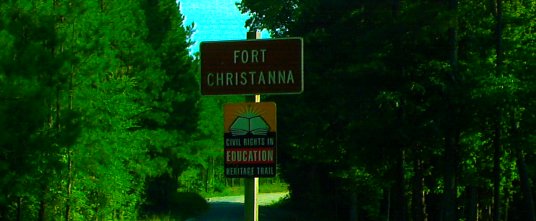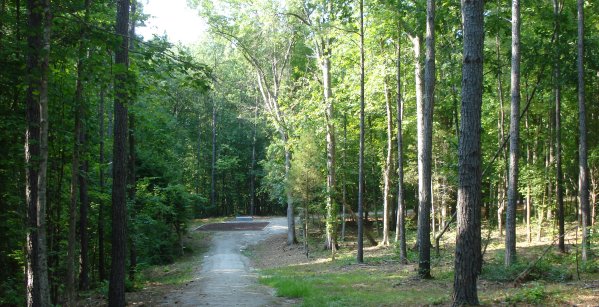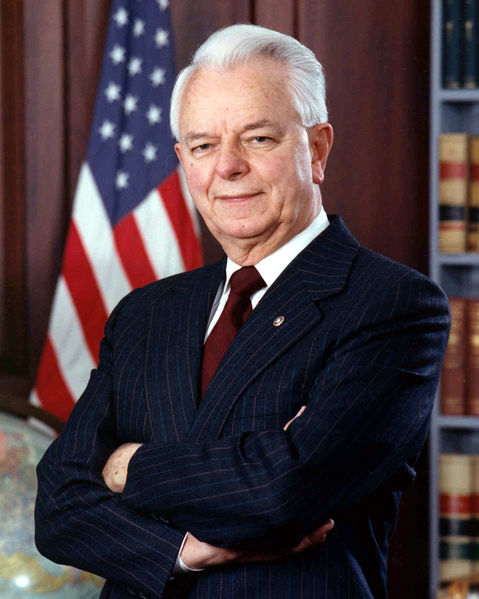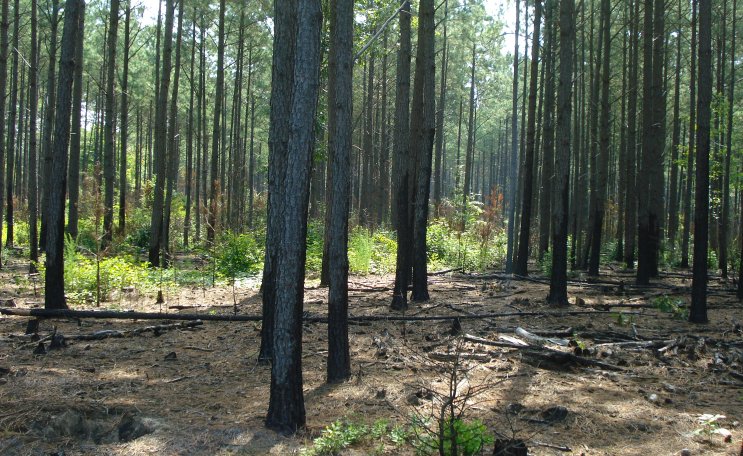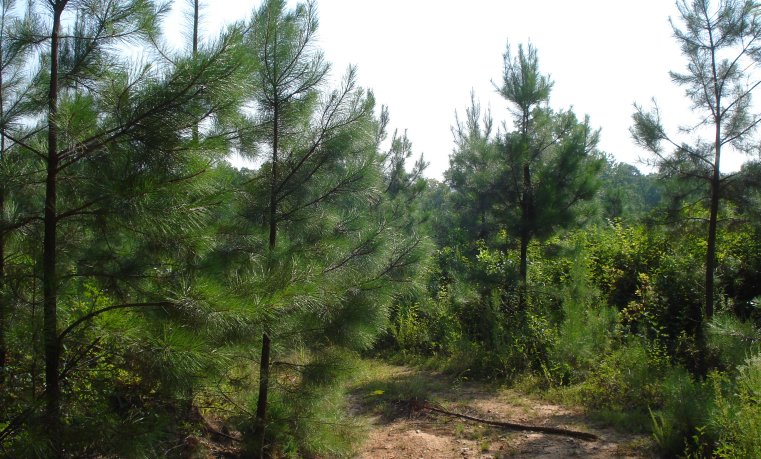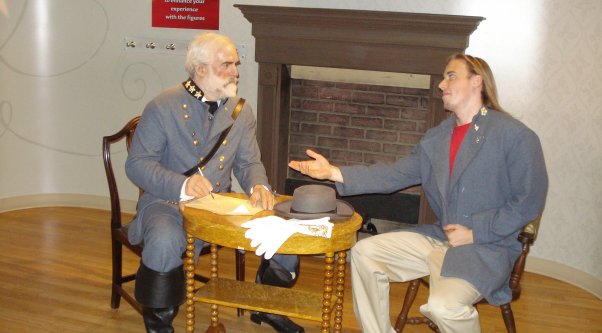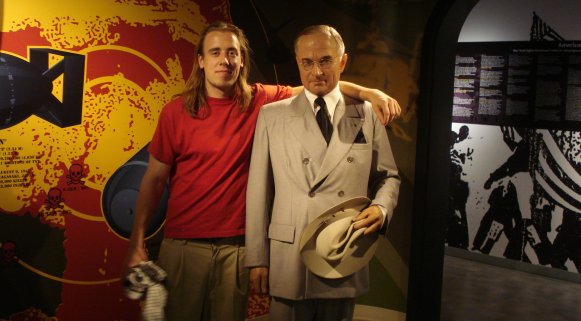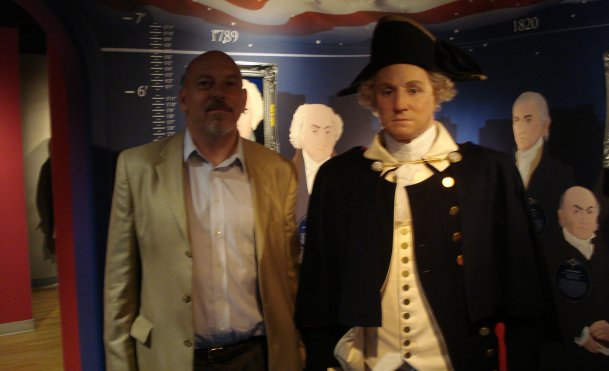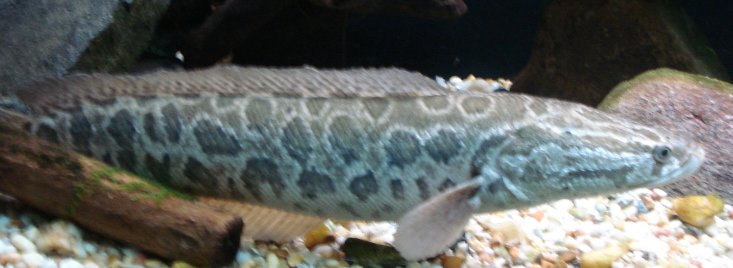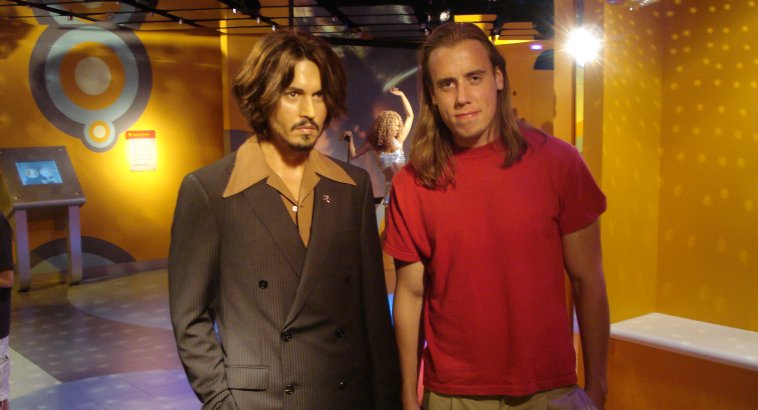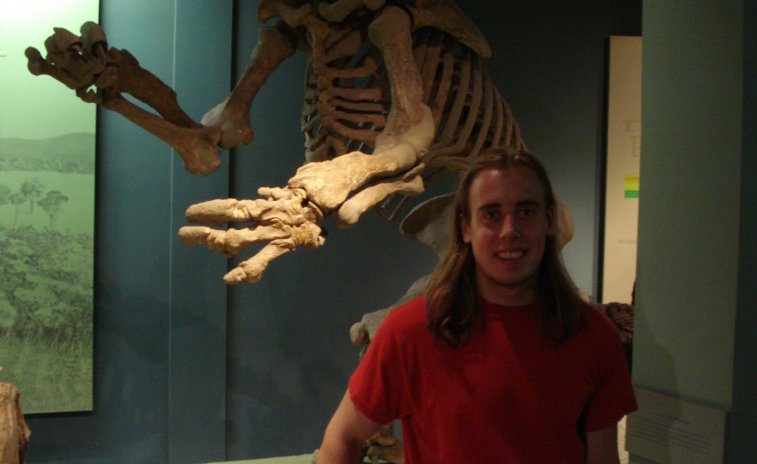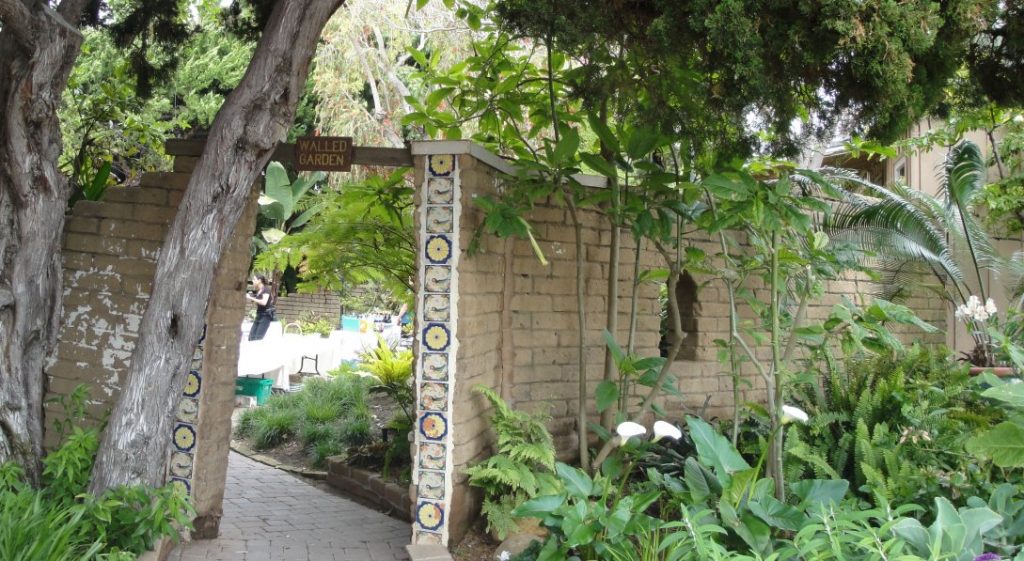
Hierarchy has long been unpopular – even among those who benefit most and enforce it most enthusiastically on others – and it is especially loathed by those who see themselves as low men on the totem pole (and even high men feel like that sometimes). It violates our fundamental feelings of fairness and equality.
Besides, none of us really likes being told what to do or when to do it and that is what hierarchy implies. Being against hierarchy also brings with it the appealing opportunity of “sticking it to the man.”
We all enjoy that, since even the most timid and conventional people think of themselves as free spirits or rebels. Hierarchy is easily abused, easily ridiculed and easily hated, but you have to have some of it because we have to choose priorities and we have to set standards.
The establishment of a type of hierarchical order is part of all human & natural systems. After some kind of disturbance or radical change there is a lot of chaos and experimentation. It is an exciting time. It is also full of uncertainty and waste, since many of the experiments will fail and many of the paths chosen will lead to dead ends. After a while, a pattern asserts or reasserts itself. Some patterns may be very persistent, lasting a long time until knocked down by outside forces or sometimes they just kind of wear out on their own. I won’t go into the principles of natural succession or various theories of historical dynamics. Suffice to say that this is what happens and this is what we are now experiencing.
I have written a lot about the new media being applied to public diplomacy because we are currently in one of those exciting transition times. Lots of people are trying lots of things and even more people are talking about, pretending to or “going to” try lots of things. We are reaching out in many directions and in many of those directions it is becoming clear that our reach is exceeding our grasp. And as the management guru James March wrote, “The protections for the imagination are indiscriminate. They shield bad ideas as well as good ones—and there are many more of the former than the latter. Most fantasies lead us astray, and most of the consequences of imagination for individuals and individual organisations are disastrous.”Now comes the hard part of trying to create some patterns and order in the chaos w/o choking off the imagination and initiative that fuels all this innovation.
This is a rough and narrow path to walk, especially for us. Government is not especially relaxed about innovation but is exceedingly comfortable with hierarchy. Government, after all, is hierarchical by nature because its main function is to determine who is in charge with the power to set priories and limit options. If you don’t believe me, think of why we have laws, rules and regulations and what institution is the final legitimate authority in creating and enforcing them.
Anyway, I hope that we (and I am referring very broadly. I don’t have much overall influence on this) have the wisdom to pull off this important transition change and can expand the use of new media to promote our country’s interests, but I fear that there will be less total life in the system a year from today than there is now.

